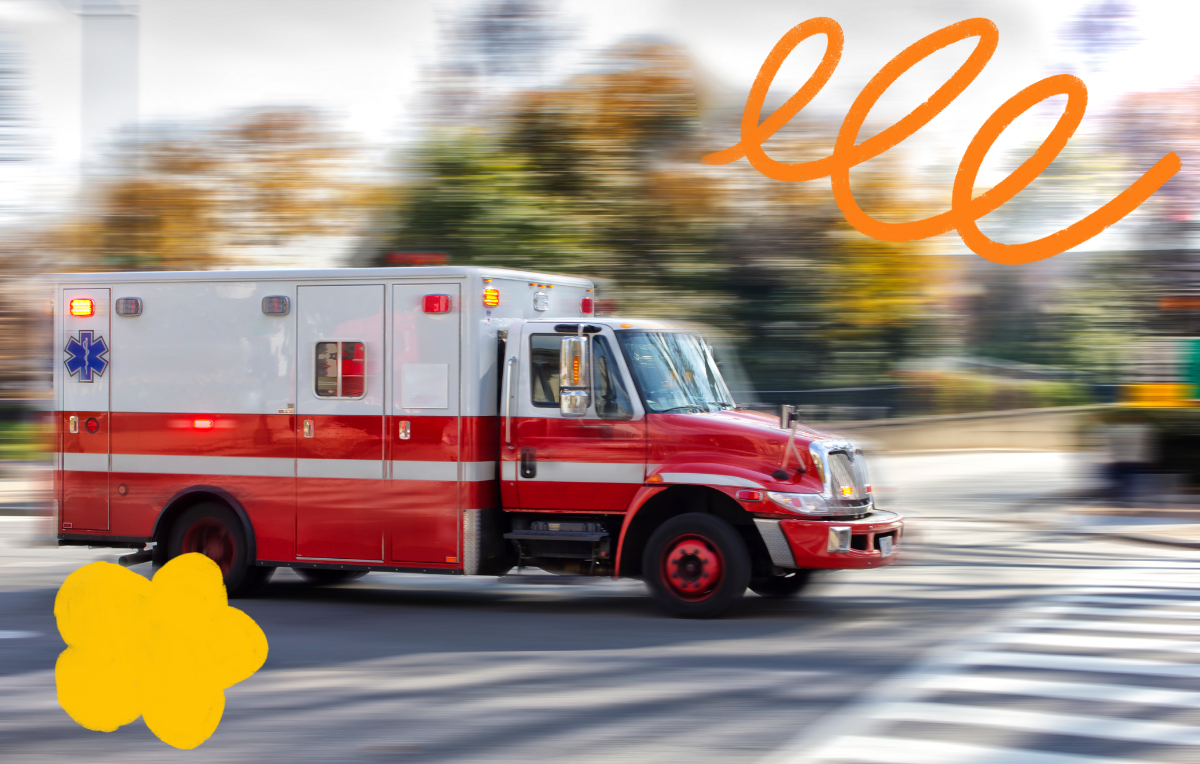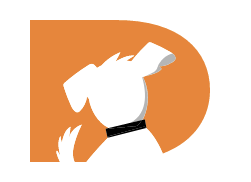3 min read
Emergency care for dogs: How to handle a dog emergency
Guest Blogger : Jun 26, 2023 2:25:10 PM

Your dog is your trusted companion, best friend, and fur child. You take care of every facet of its health and well-being, so it stands to reason that you should also be prepared for emergencies.
In addition to planning financially for emergencies, like with emergency funding by Petcube, it is crucial to know what to do in a dog emergency. Providing emergency care in the event of a sudden injury, illness, or accident can significantly affect the outcome.
Read on for some handy tips on what to do in an emergency and how to provide first aid for dogs.
At DOGTV, we like to be transparent: we have affiliate relationships with other companies. We may receive a commission on qualifying purchases made via the links in this article at no extra cost to you.
Keep Calm and Assess the Situation
Staying calm in a dog emergency is crucial to allow you to assess the situation before you take appropriate steps properly. In addition, your dog can sense your emotions, pick up on your anxiety, and become more agitated.
Take a deep breath. Look around and get a handle on the situation and the severity of the emergency. Look for any immediate risks to you or your dog. If you have a PetCam, you can use this to view recordings to see what exactly has taken place.
If your dog is conscious, look for visible injuries or signs of distress. Study their breathing, pulse, and overall behavior. If your dog is unconscious or in severe distress, gently pick them up and move them to a safer location.
Seek emergency assistance for your pet
Once you’ve sought a safe location for you and your dog, contact your nearest emergency animal hospital or veterinary clinic. Give a calm and detailed description of the situation, and mention anything you think may be relevant. Closely follow any instructions given to you. These may include specific advice or even just initial steps to take. You may be told to bring the dog in immediately.
Time is of the essence in such cases, so ensure you have your regular veterinarian’s contact details on hand, as well as the nearest after-hours animal hospital and even poison control. You don’t want to be wasting time digging around for phone numbers.
Provide basic first aid
While you're waiting for professional help, you might need to stabilize your dog's condition with some basic first aid. As a first responder, be it to humans or animals, your role is to keep the patient alive until professionals arrive to take over.
First aid is never a substitute for veterinary or medical care. Below is a list of basic first aid for dogs:
- Wounds/bleeding: apply gentle pressure using a clean cloth or bandage to slow the bleeding. Do not attempt to remove something stuck in the wound or protruding from the body. Instead, cover it to prevent further injury and to keep it free from contamination.
- Choking or difficulty breathing: if the dog is awake and struggling to breathe, carefully open their mouth and look for an obstruction. If you can see an obstruction and safely remove it, do so. If you can't see or remove an obstruction easily, perform the Heimlich maneuver by applying pressure to the abdomen.
- Poisoning: if you suspect your dog has consumed something toxic, contact your vet immediately. Don't try to induce vomiting, and don't attempt to use any home remedies without instruction from a vet.
Prevention and preparation
Being well prepared for a dog emergency is essential to managing them effectively. Keep a well-stocked first aid kit in an easily accessible spot. Make sure you regularly stock up on bandages, antiseptics, and gauze.
A pet monitoring camera can be extremely useful in monitoring your pet when you’re away from home.
But of course, prevention is always better than cure. Stay alert and be aware of your surroundings so you can do what you can to manage the environment for your dog. Keep an eye out for toxic plants, potential hazards, and harmful substances in your home, including medications, human foods harmful to dogs, and cleaning chemicals.
Know how to perform pet CPR and rescue breathing
CPR stands for cardiopulmonary resuscitation and is a potentially lifesaving intervention if performed correctly and timeously. Your vet can teach the correct technique, or you can enroll in a pet CPR course to ensure you're confident and can perform pet CPR in a dog emergency.
CPR involves chest compressions to maintain circulation and artificial respiration to keep oxygen coming into the body. Typically, you should perform 30 compressions to two breaths.
Final thoughts
The best response to a dog emergency begins long before the actual emergency. As a pet parent, it's your responsibility to be as prepared as possible for emergencies. Keep a well-stocked first aid, know how to perform basic first aid for dogs and provide primary emergency care for dogs, and ensure that you have financial plans to help out in such situations.
